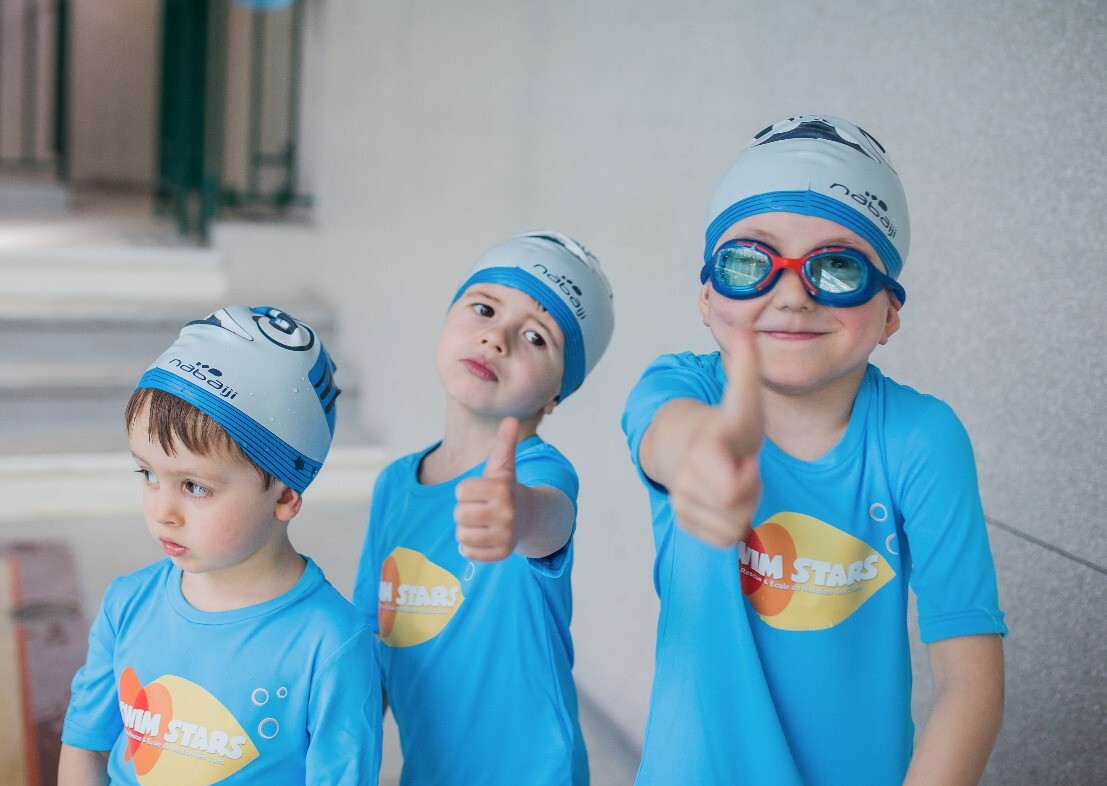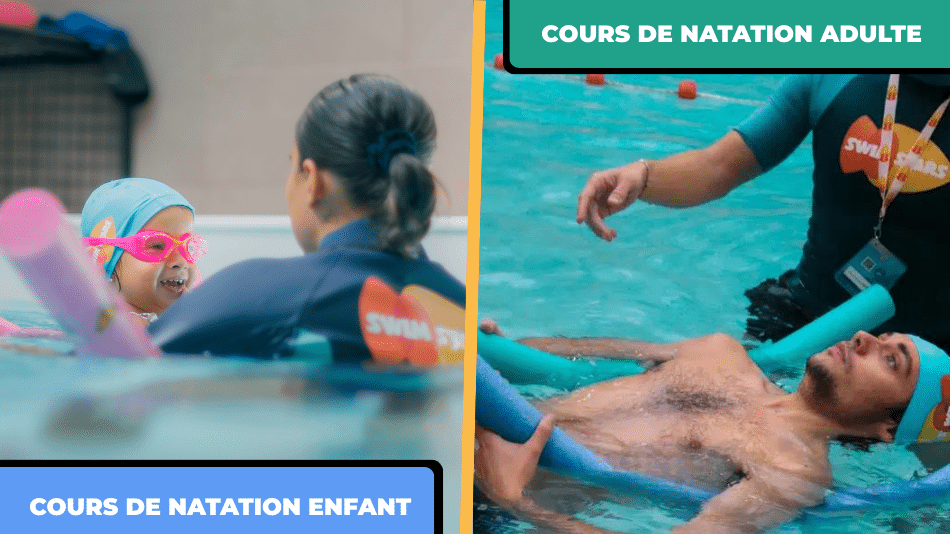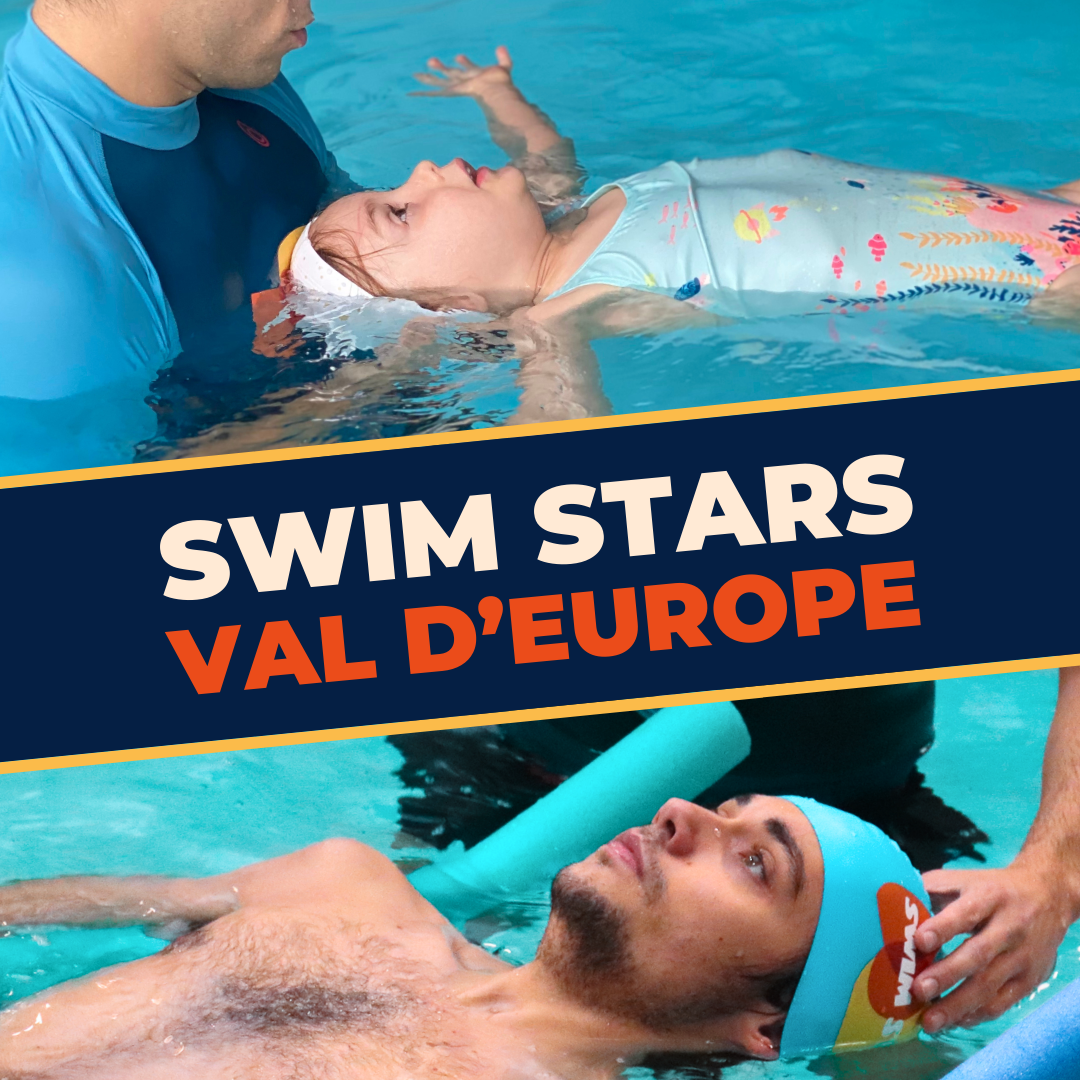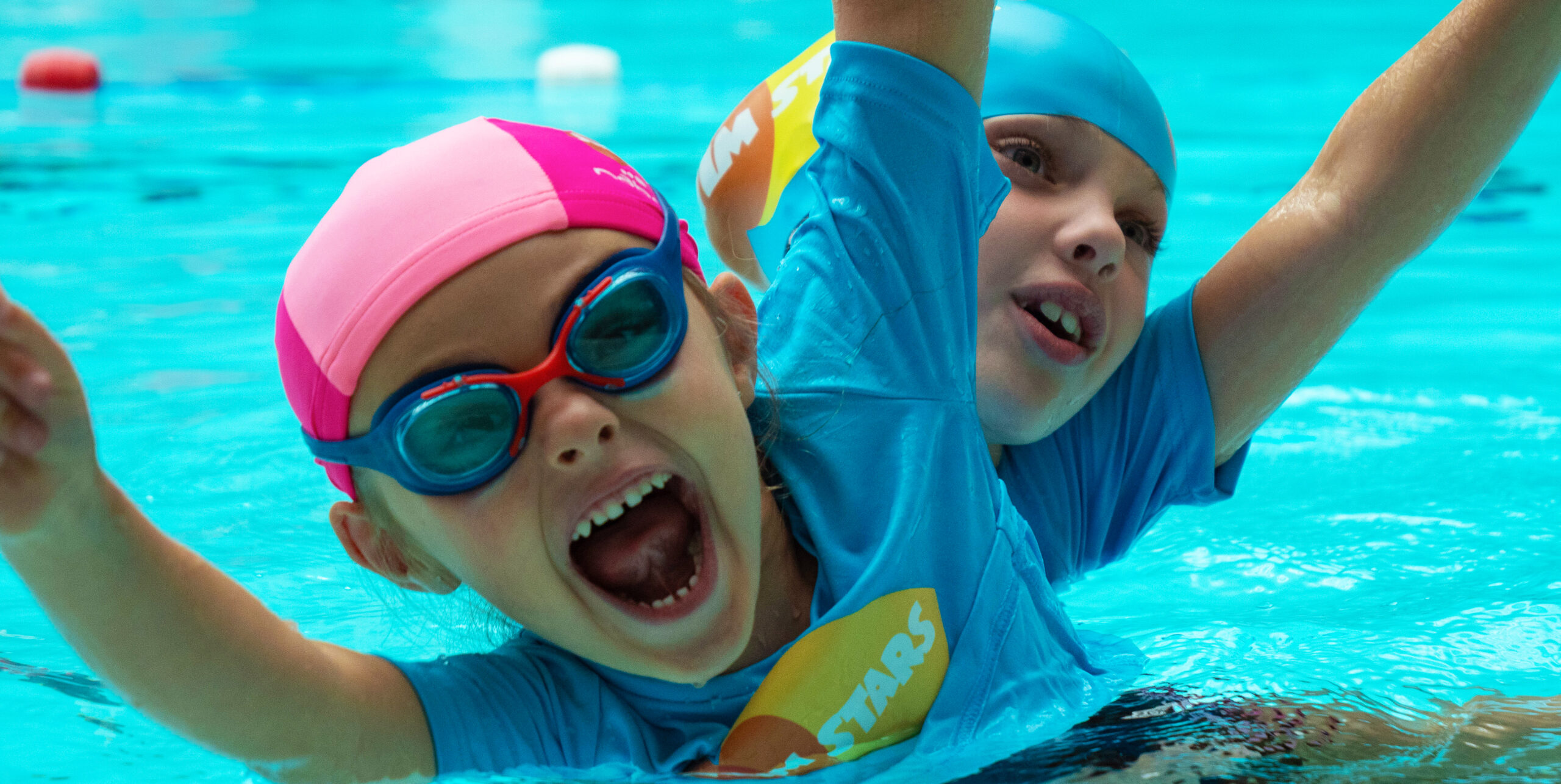AUTO-RESCUE®: Femme Actuelle Le Mag recommends 5 tips for safe swimming
AUTO-RESCUE®, Femme actuelle magazine recommends swimming lessons starting at age 3. This is the occasion of an article that gathers the 5 best tips for a safe swimming. In addition, we find a testimony of Joëlle Pulinx Challet, general delegate of the Fédération professionnelle de la Piscine (FPP), who speaks on this subject.
Every year, when the weather is good, there are many cases of children drowning. Therefore, to enjoy swimming in peace and avoid accidents, follow the advice!
Find the 5 tips for safe swimming with the AUTO-RESCUE® courses
1/ Promote children’s autonomy
Specialist Joëlle Pulinx Challet points out: “the earlier children learn to swim, the lower the risk of drowning.” As Femme Actuelle writes, the AUTO-RESCUE® program teaches children survival reflexes in the event of a fall into the water. In other words, the course promotes the child’s autonomy and helps prevent the risk of drowning.
“One of the best ways to prevent the risk of drowning is to make children self-sufficient in the pool.”
2/ Redouble your vigilance
Always have a trusted adult supervise your child in the water. Our Swim Stars coaches keep telling our students this every day, just like Swann.
This is also an important tip that our mascot Poulpy gives to school children during our
our drowning prevention (SAFE).
Why? For the drowning is silent. And in the water, a vigilant adult can quickly intervene! Indeed, the awareness of children and parents to the risks of drowning is essential here.

And he is Poulpy, a specialist in drowning prevention (SAFE) who masters the AUTO-RESCUE®.
3/ Multiply the protection systems
A locked gate around the pool to prevent access is required. But this security is not infallible, hence the need to double the protection systems with an alarm. If you have an above ground pool, remove the ladder or block the access steps.
In our drowning prevention program (SAFE)
program, the mascot Poulpy is featured in the first image to talk about safety. Despite the closure, Poulpy breaks through the barrier into the pool and falls into the water. The alarm did not sound but Poulpy is autonomous thanks to
learning the starfish, the safety position. Finally, the best protection is learning the life-saving gestures.
4/ Use the protection systems properly
Protection systems such as automatic covers exist to cover the pool and prevent swimming. The general delegate, Joëlle Pulinx Challet, reminds us that it must be used between each swimming time and not only at the end of the day.
5/ Beware of certain inflatable products
Crocodile mattresses, unicorn buoys and inflatable dolphins allow you to float, but the risk of flipping over is far too dangerous. Like the bouncy ball, any object that is not removed from the pool after swimming becomes a temptation for the child. Most drownings are the result of an accidental
accidental fall into water
Most drownings are the result of an accidental fall into water, usually in private, unsupervised pools.
By adopting good reflexes, accidents can be avoided.
This is what our Poulpy says when he saved his sister from drowning
because she wanted to get the ball in the pool.
Should we be wary of armbands?
Armbands are inflatable objects that allow a child who cannot swim to float in the water. But it never replaces supervision. On the other hand, the safety of the armbands is not infallible because a child can lose one out of two or both by accident. This can be the case after jumping into the water with both arms raised or because they can puncture and deflate.
Do we bring the armbands back to swim class from age 3?
During the SELF-RESCUE® course, children cannot learn to swim with the armbands. We recommend the use of the French fries we provide during our classes, so that our little fish learn to move freely with their arms and legs. The armbands cause the child to be in an upright position, while the fries allow the child to adopt a horizontal position, which is essential for learning.

The AUTO-RESCUE® program teaches children how to get to the poolside easily with simple actions
The complete article is available
by here
and all our other reports are available here!



